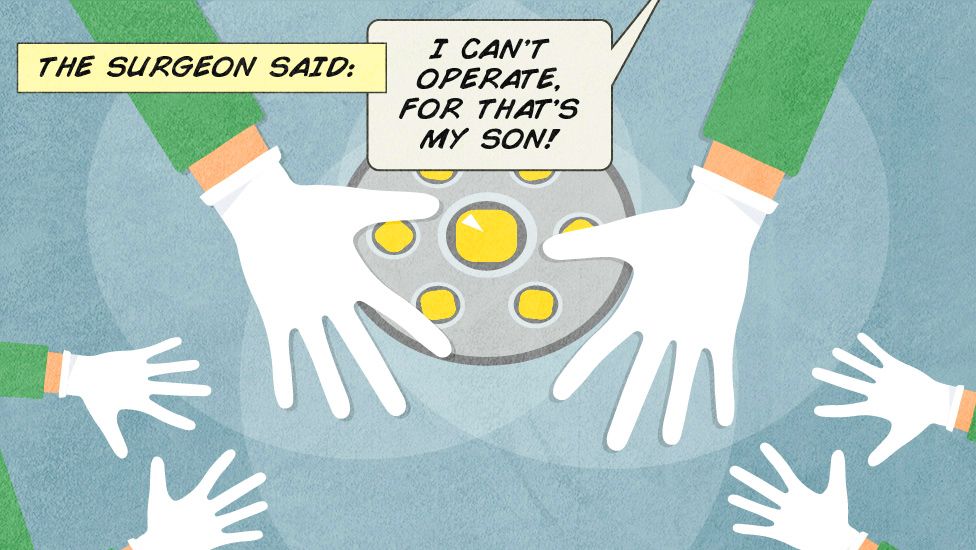CS474: Human Computer Interaction - Bias in Design
Activity Goals
The goals of this activity are:
- To identify potential blind spots in design and their underlying cause
- To identify methods to mitigate these blind spots
Supplemental Reading
Feel free to visit these resources for supplemental background reading material.
The Activity
Directions
Consider the activity models and answer the questions provided. First reflect on these questions on your own briefly, before discussing and comparing your thoughts with your group. Appoint one member of your group to discuss your findings with the class, and the rest of the group should help that member prepare their response. Answer each question individually from the activity, and compare with your group to prepare for our whole-class discussion. After class, think about the questions in the reflective prompt and respond to those individually in your notebook. Report out on areas of disagreement or items for which you and your group identified alternative approaches. Write down and report out questions you encountered along the way for group discussion.
Model 1: Unconscious Bias
Questions
- Can you think of examples of unconscious bias that are beneficial from an evolutionary perspective?
- How might AI be trained to recognize certain groups of people, and what real-world consequences can you think of?
- What can we do to mitigate our unconscious bias, given that we can't necessarily identify them all specifically?
Submission
I encourage you to submit your answers to the questions (and ask your own questions!) using the Class Activity Questions discussion board. You may also respond to questions or comments made by others, or ask follow-up questions there. Answer any reflective prompt questions in the Reflective Journal section of your OneNote Classroom personal section. You can find the link to the class notebook on the syllabus.
